What is the tolerance range of precision screws?
What is the tolerance range of precision screws?
Service Hotline
+86760-8787 8587We have more than ten years of experience in screw industry production. The main products are: copper washers, self-tapping screws and nuts, screw joint nuts, national standard GB30 galvanized screws, flat end set screws and bolts, cylindrical expansion tube screws, tapered solid rivets, knurled Cylindrical cup head screws, white zinc pins, GB901 blackened bolts, fine pitch lock nuts, DIN2093, galvanized hexagonal flange nuts, black zinc nylon lock nuts, Q235 hot-dip galvanized screws and other fasteners, due to the product material Different specifications and different prices, please contact us if necessary.


R-type plastic rivets, also known as expansion rivets, are composed of plastic sub-nails and female buckles. It is not necessary to use installation tools during installation, place the installation base in the smooth hole, and then press the head, the specially designed feet expand and stretch after being stressed, and are firmly locked on the installation surface. It is often used to connect plastic shells, lightweight boards, insulating materials, circuit boards, or any other thin, light-weight materials. It is beautiful, practical, and easy to use.
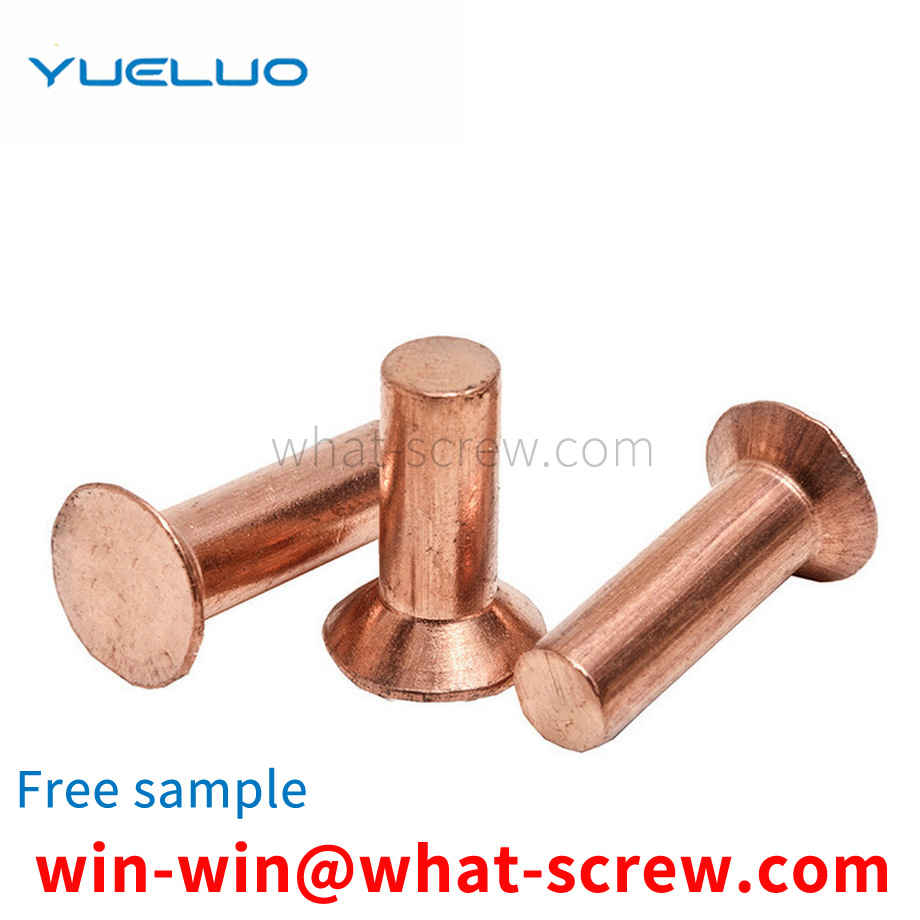
structure for concealing installation screws, comprising a locking piece, a driving piece, a bottom plate, a blocking cover and a handle head, the lower ends of the two locking pieces are provided with positioning holes, and the locking pieces pass through the positioning holes and the locking piece positioning posts on the base Snap and fix, the middle of the two locking pieces is provided with a protruding point, the movable groove of the driving piece corresponds to the protruding point of the nine locking pieces for fixing, the riveting point holes and screw holes of the bottom plate and the riveting points of the base The position that matches the screw holes and is fixed by screws, the blocking cover is directly inserted into the bottom plate, and the blocking cover is fixed by the rotating drive piece, the handle head is inserted into the base, and the slot of the handle head moves to the locking piece at the locking piece Lock the handle.
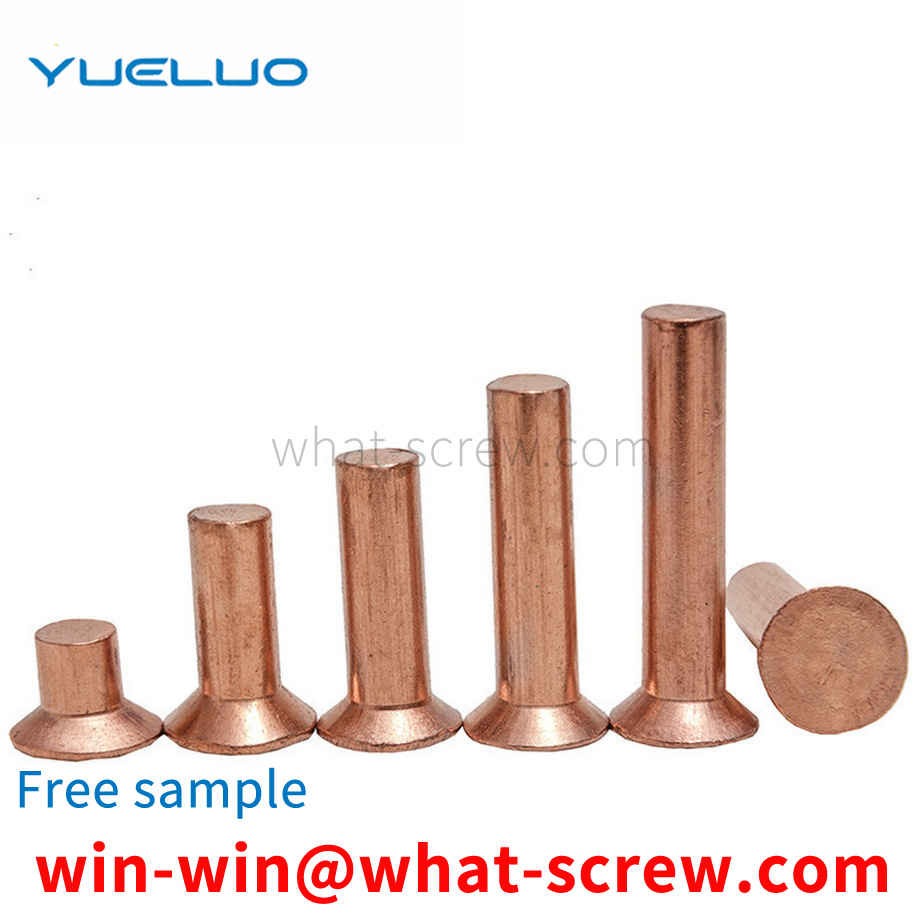
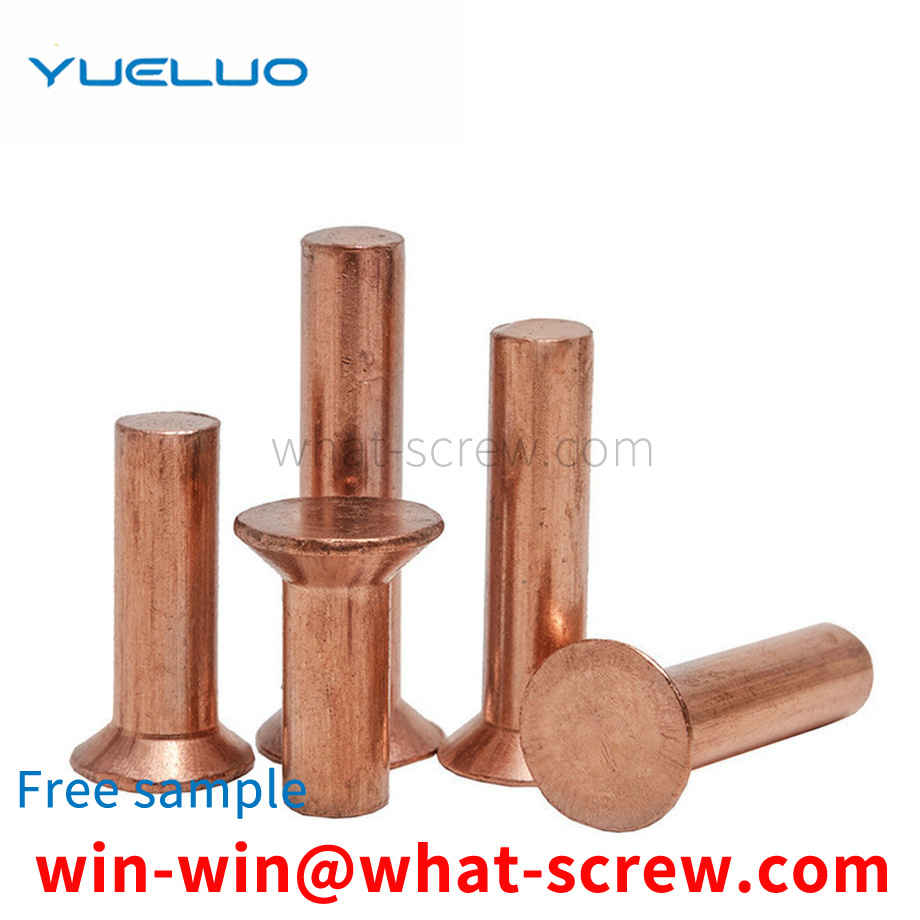
At present, with the development of my country's railway industry, many railway fastener systems involve T-bolts. The structure is shown in Figure 1. The dimensions that need to be inspected are head width A, head length B, and head straight table height. C. The height of the head slope D, the total length of the bolt E, and the major diameter of the bolt F. Due to the irregular shape of these places to be inspected, the measurement is difficult. The measurement of general measuring tools is not only slow, but also difficult to control human errors, resulting in some extreme upper limits and There are disputes and misjudgments about the size of the extreme lower limit when judging qualified and unqualified.
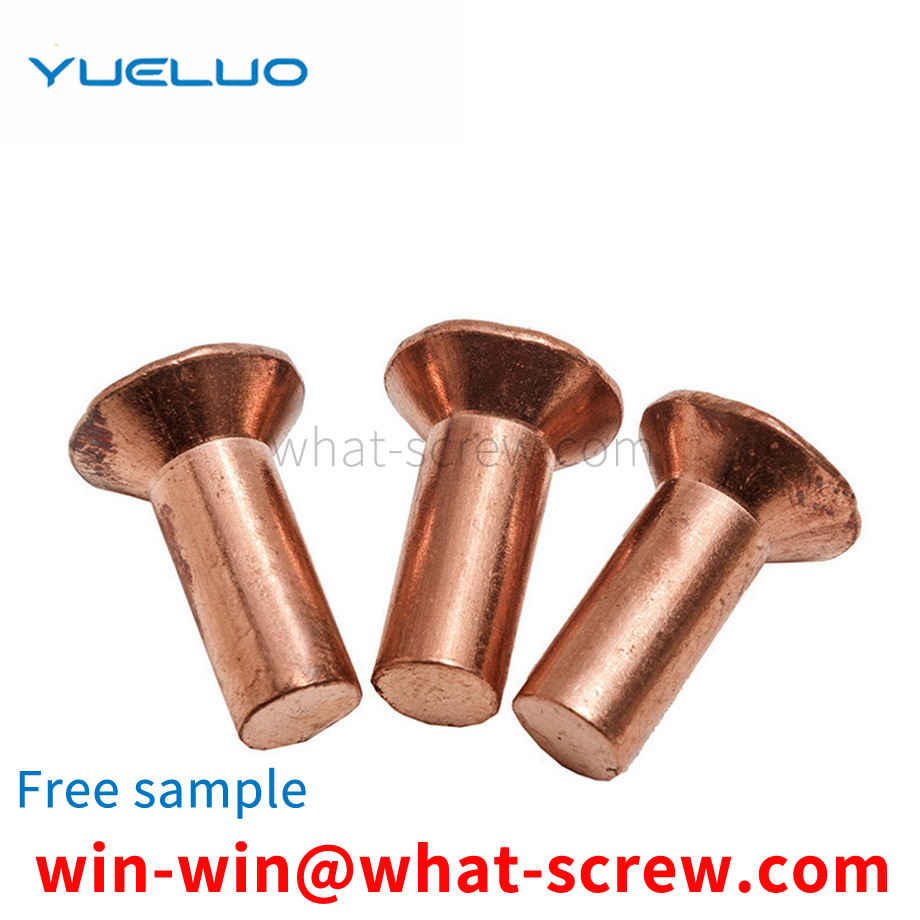
The production of stud bolts requires fixed equipment and machine tool processing. Of course, the processing procedure is relatively simple. There are mainly the following procedures: first, the material needs to be pulled out. After this process, the next process can be carried out. The next process is to use a cutting machine to cut the straight and long material into the length required by the customer according to the customer's requirements. This completes the second process. The third process is Put the cut short material on the thread rolling machine and roll out the thread; the ordinary stud bolts are processed here, of course, if other requirements are required, other processes are required. [1] The commonly known bolt refers to the screw with a larger diameter. According to this statement, the diameter of the screw is much smaller than that of the bolt. Stud bolts do not have a head, and some are called studs. Both ends of the stud are threaded, with no thread in the middle and a smooth rod in the middle. Studs are used on large equipment such as gear racks. In actual use, the external load will have vibration and the influence of temperature will reduce the frictional force, and the threaded connection will loosen and fail over time. Therefore, it is necessary to do a good job in the maintenance of the stud bolts at ordinary times. Stud bolts or anchor bolts will have problems under the action of mechanical friction for a long time. When problems occur, the engine oil pan should be removed, and the use of the engine bearing bushes should be carefully checked, and the clearance between the bearing bushes should be checked. Whether it is too large, if the gap is too large, it should be replaced in time. When replacing the stud bolts, also replace the connecting rod bolts. When some large equipment such as nail making machines are in normal operation, if they find that the engine is not running very stable or there is abnormal noise, they should stop and check in time to avoid bigger problems. [1] In each maintenance, the newly replaced stud bolts and other accessories should be inspected. During the inspection, the focus should be on the head and guide part of the stud bolt. Whether there are cracks or dents in each part, and also check whether the tooth shape of the stud bolt has changed. Is there any abnormality in the thread pitch? If there is any abnormality, it must not be used again. A torque wrench should be used when installing the connecting rod cover. It must be tightened according to the specified standards, the torque should not be too large or too small, and attention should be paid to selecting the stud bolts and studs of the supporting manufacturer.
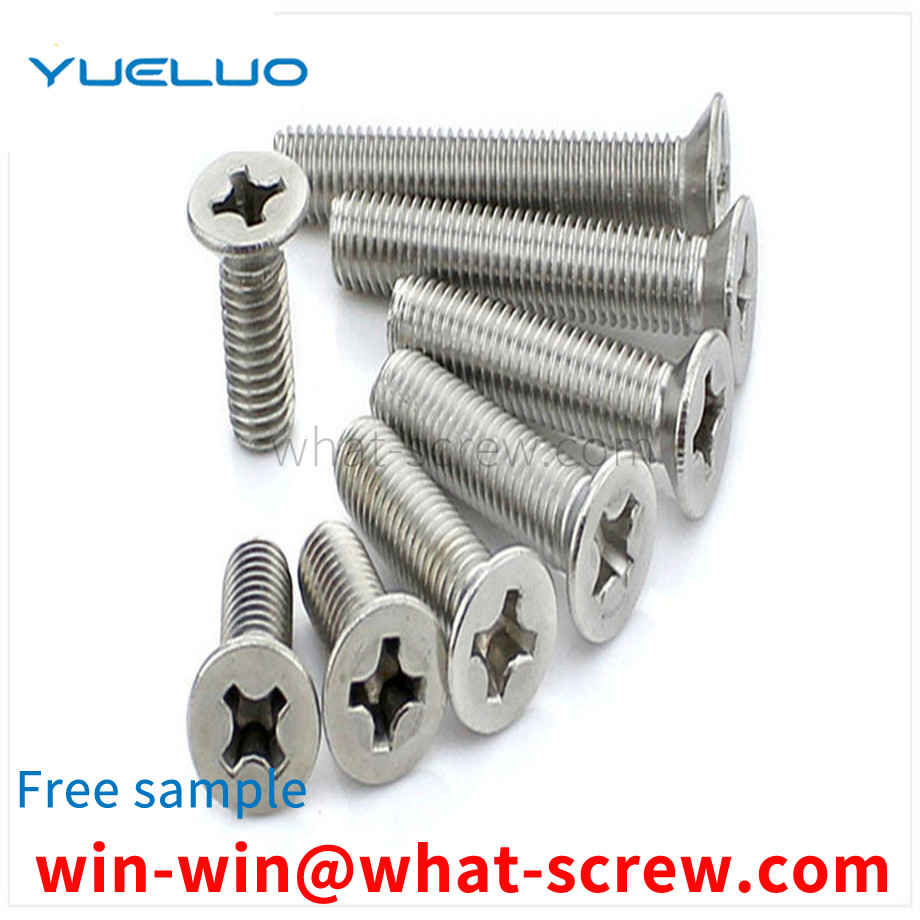
The above content is uploaded by Yueluo or the Internet. If there is any copyright issue, please contact [email protected].

What is the tolerance range of precision screws?

How to choose the right stainless steel screw manufacturer?

Why is there an R angle under the head of the hexagon head s...
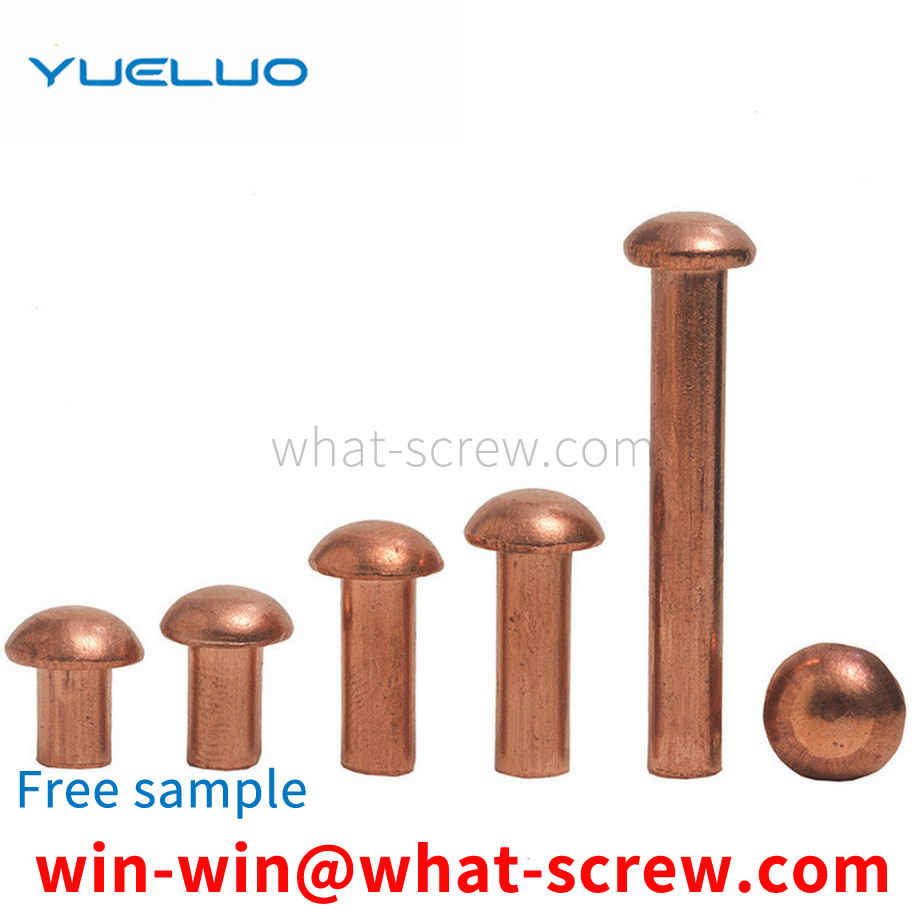
We have more than ten years of experience in the production ...
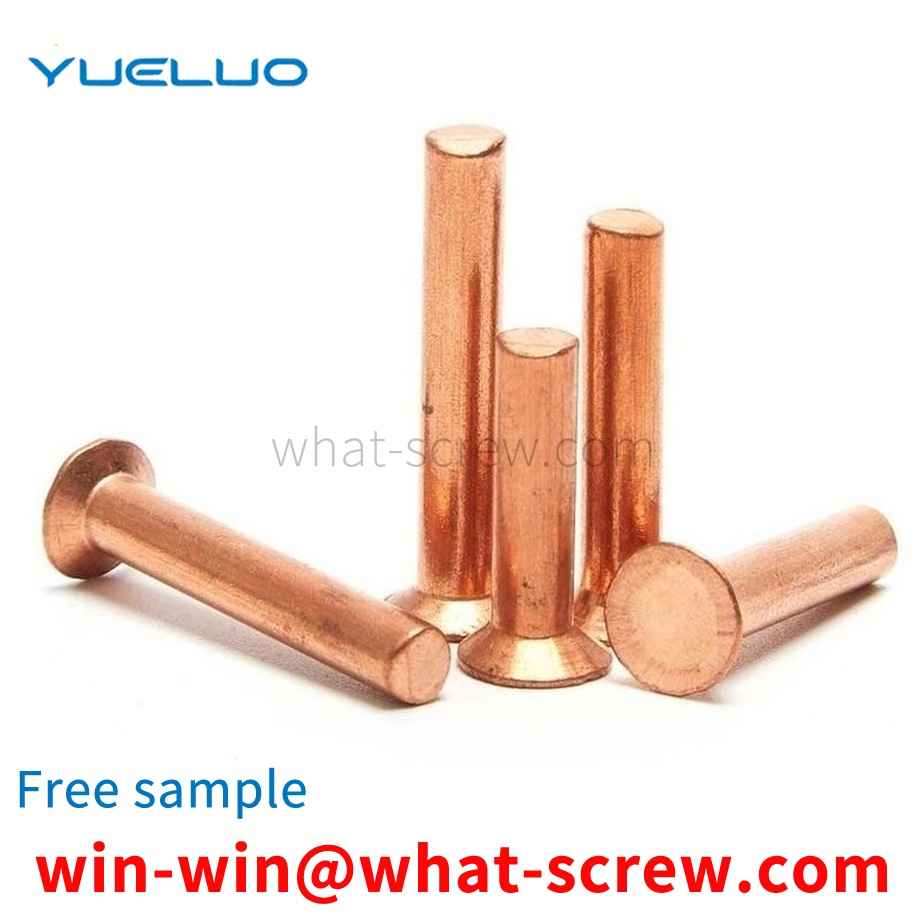
We have more than ten years of production experience in the ...
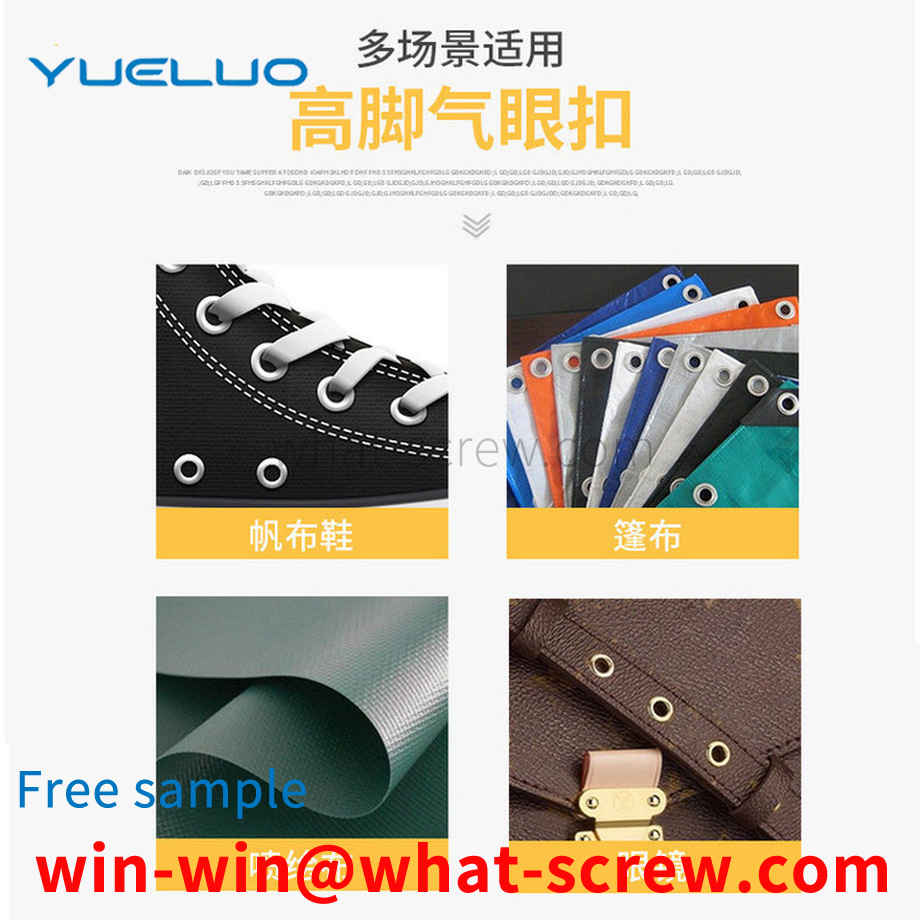
We have more than ten years of experience in the production ...
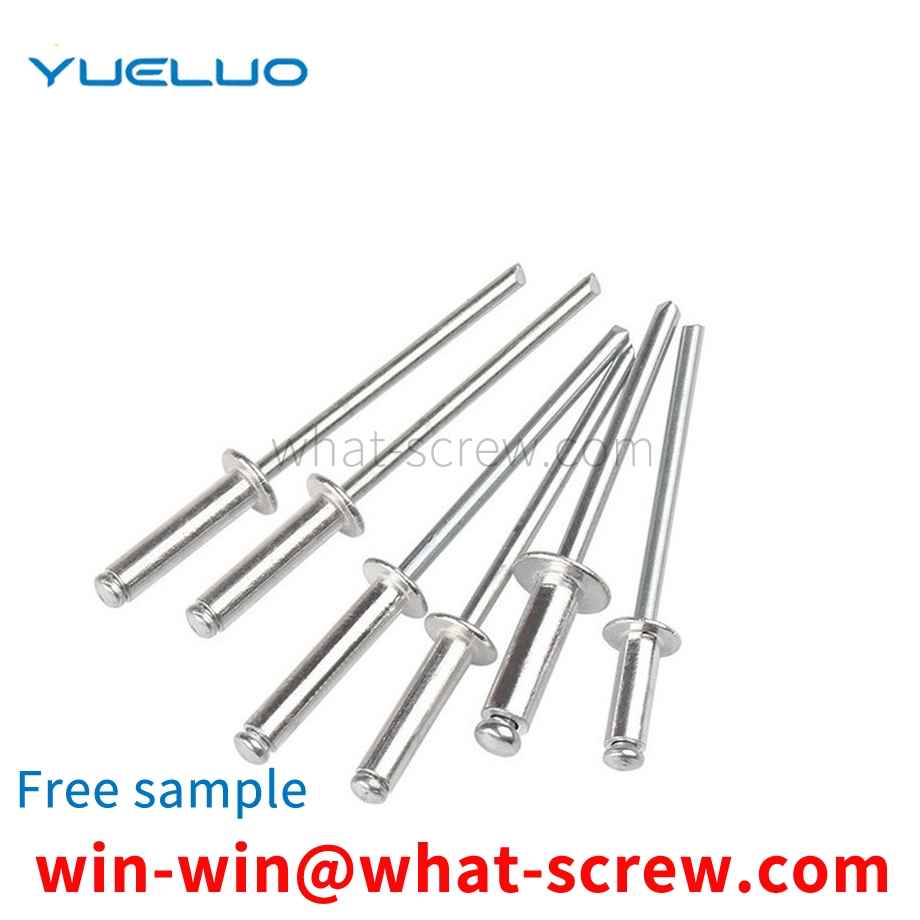
We have more than ten years of experience in screw industry ...